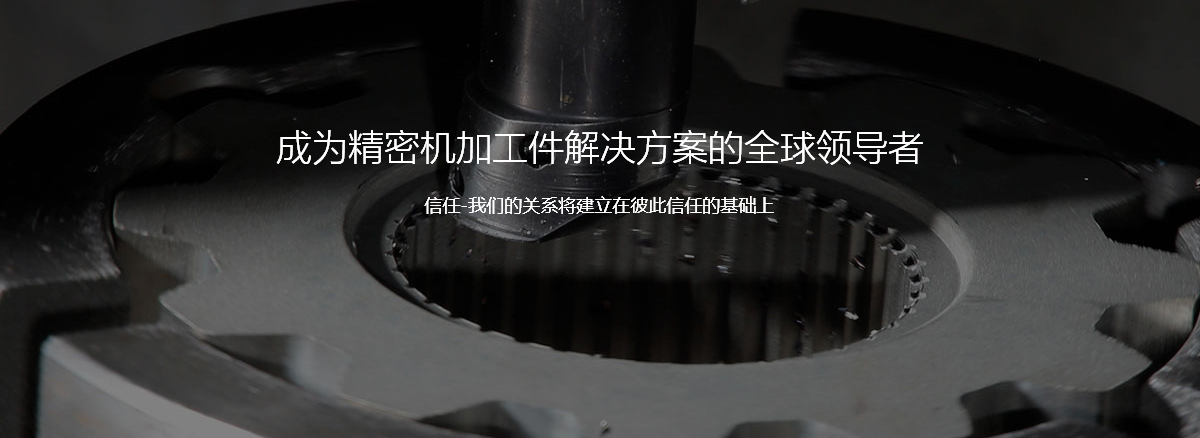The entire machining of the CNC lathe is realized by executing the machining program of the workpiece. Therefore, the quality of the processing program directly affects the final processing accuracy and processing efficiency of the workpiece. The condition for the programming of workpiece processing is the confirmation of the process organization. This article briefly introduces the process guidelines that CNC lathes should follow for efficient CNC machining, and I hope they will help us a little bit. As we know, the CNC lathe is a highly complex processing equipment. Before the workpiece processing program is compiled, the processing technology must be confirmed according to the design requirements and processing content of the drawing. Generally speaking, the confirmation criteria of the machining process should follow the following basic criteria: 1. Machining criteria for roughing and finishing. Under normal circumstances, in order to ensure the final machining quality of the workpiece, we divide the workpiece processing into rough machining and finishing. In each stage, a semi-finishing stage is added for workpieces with higher machining accuracy. This criterion should also be followed when performing CNC machining on a CNC lathe. The CNC lathe can quickly remove most of the machining allowance during rough machining of the workpiece, reduce the number of passes as much as possible, and shorten the roughing time; the precision of the workpiece and the appearance quality of the workpiece are mainly ensured during the finishing. The generalization should be finished by the final one-shot continuous finishing. 2. Criteria for one-time clamping and positioning It is the basic processing feature of CNC lathes to realize multi-process machining of workpieces in one clamping. Therefore, when confirming the processing technology of the workpiece, the processing procedures should be concentrated to the maximum limit. Reduce the number of clamping as much as possible to reduce unnecessary positioning errors and repeat the clamping process. Third, the inside and then outside processing guidelines When the workpiece to be processed has both internal and external surfaces that need to be processed, when organizing the processing sequence, the internal and external surfaces of the workpiece should be processed first, and then the external and external surfaces should be processed. Rough machining of the inner and outer surfaces should also be carried out first, and then the finish machining of the inner and outer surfaces should be carried out. Fourth, the machining criteria of face first, hole second As we said earlier, the CNC lathe is a composite machining machine tool, which can not only perform turning but also boring. Regarding the workpiece to be machined with both planes and holes, the sequence should be lathe first and then boring. Due to the large cutting force when turning the plane, the workpiece is prone to deformation. Turn the surface first and then boring, so that there will be a period of recovery. , Boring the hole after it recovers and deforms, which helps to ensure the machining accuracy of the hole.
Several Basic Principles of CNC Lathe Processing Technology
release time:2023-12-19


